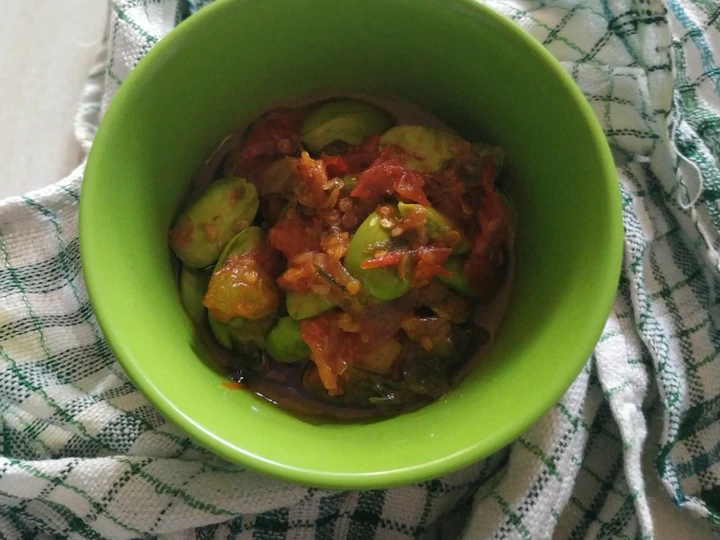Easy Steps to Make Recipes Sambal pete the Delicious Really Delicious.
![Nie Djuli]()
- Nie Djuli
- Nov 13, 2021

Are looking for idea recipes sambal pete that are unique? How to prepare it is indeed not too difficult but not easy either. If wrong processing, the result will be tasteless and in fact tend to be unpleasant. Even though the delicious sambal pete should had aroma and taste that could provoke our taste buds.
Many things that more or less affect the taste quality of sambal pete, first from the type of material, then material selection fresh, until the way of processing and serving it. No need worry if want prepare sambal pete delicious home, because as long as you know the trick, this dish is could become dish special.
To me it smells a bit like gas. Beb Vuyk has no sambal pete or petai in her book, but I think this sambal belongs on this blog. Sambal Udang Pete: Sambal with Shrimps and Petai Pete or petai is an almond-shaped edible bean used frequently in many Indonesian cooking. These beans have a very strong aroma and a peculiar taste.
Apparently it comes from the high concentration of amino acid (some say it could pass as methane gas). Panaskan minyak, tumis bumbu halus hingga harum lalu masukkan petai. Aduk rata dan masak hingga petai agak layu. Sambal petai ikan peda ini bisa jadi stok pelengkap makan sehari-hari, terutama buat kamu yang gak punya banyak waktu buat masak. It originated from the culinary traditions of Indonesia, and is also an integral part of the cuisines of Malaysia, Sri Lanka, Brunei and Singapore.
relatives or to be inspiration in selling food. Hope it’s useful and good luck!